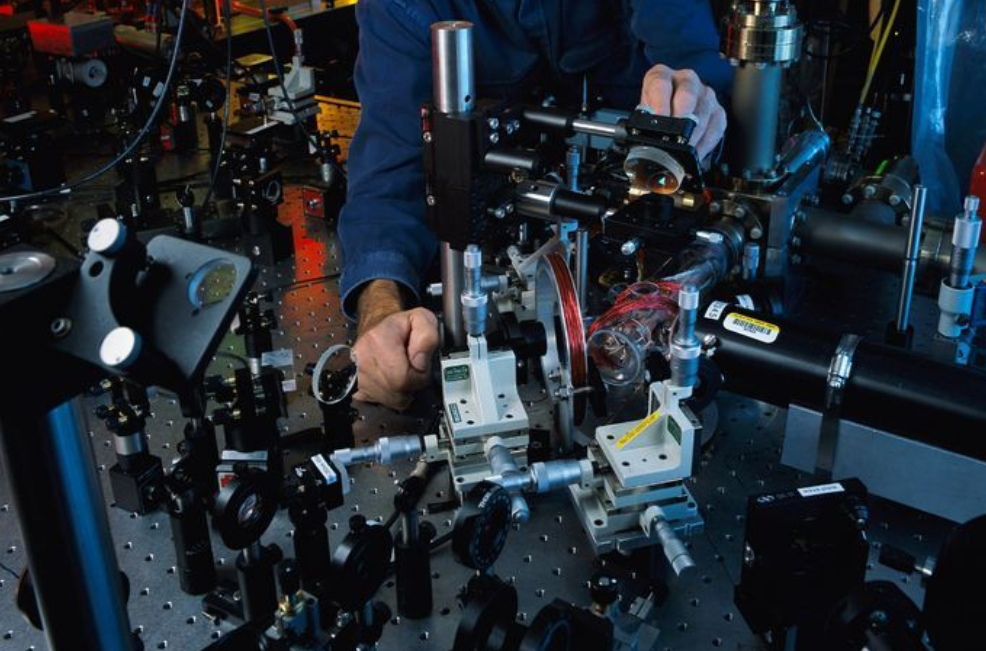Influencing factors of system error of photodetectors
There are many parameters related to the system error of photodetectors, and the actual considerations vary according to different project applications. Therefore, the JIMU Optoelectronic Research Assistant was developed to help optoelectronic researchers quickly solve the system error of photodetectors and quickly build optoelectronic systems, thereby shortening the project cycle and avoiding starting from scratch for analysis and design.

3. Resistance
(1) Resistance value: The selection of appropriate resistance values is involved in the amplification factor of operational amplifiers, balancing resistance, RC filtering, etc. The resistance value should not be too large, as the larger the resistance value, the weaker the signal, the poorer the anti-interference performance, and the greater the Gaussian white noise. It should also not be too small, as power consumption will increase and it may generate heat and affect the lifespan.
(2) Power: Ensure that P=I^2*R does not exceed its rated power, and to prevent the resistor from overheating, it should not exceed half of its rated power.
(3) Accuracy: It has little impact on the accuracy of the recalibration system.
(4) Temperature drift: The temperature drift of resistors is an important consideration factor in the calculation of systematic errors.
4. Capacitor
(1) Capacitance value: For RC filt-related circuits, time constants, etc., the value of capacitance needs to be accurately calculated. The system design cannot ignore the time constant for signal establishment just to filter out interference frequencies. It is necessary to take into account the requirements of both the frequency domain and the time domain simultaneously to meet the requirements of filtering and signal establishment time.
(2) Precision: If your application is related to high-frequency signals or requires a higher filter bandwidth, you need to select capacitors with higher precision. Generally, the precision requirements for capacitors are not very sensitive.
(3) Temperature drift.
(4) Pressure resistance: It must meet the derating design criteria, with a general 20% derating application margin.
4. Working temperature
(1) Determine the working temperature range based on the product requirements of the photodetector. For example: The operating temperature range of a certain IVD medical photodetector product is 10 to 30℃. This temperature requirement is particularly important because the parameters related to temperature drift of components such as operational amplifiers, resistors, and ADCs mentioned earlier are all closely related to the working temperature requirements of the product. Considering the temperature difference range and the influence of temperature differences under actual usage environmental conditions, it is ensured that the comprehensive impact of changes in each parameter within this temperature range does not exceed the final requirement of the photoelectric system error.
(2) Determine whether there are humidity-sensitive components and whether the humidity environment requirements are met: Determine the range of humidity changes in the working environment and the parameters of the humidity-sensitive devices that affect the results.
5. The stability and reliability of the system correspond to the stability design of the photodetector. The prerequisite for conducting relevant system error calculations is that the system is stable and should not be affected by the EMC-related environment; otherwise, all calculations are meaningless. Due to space limitations, this chapter will not elaborate further. The following two aspects should be mainly considered. In circuit design, strict protection considerations and avoidance measures should be taken for EMI and EMS. B. The casing, shielding of connecting wires, grounding methods, etc. also need to be analyzed and verified.
Post time: Oct-13-2025





